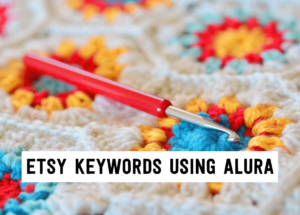
How to find the best Etsy keywords in 3 simple steps using Alura
If you want to be found in search results on Etsy, you need to optimize your product listing for SEO. And if you want to
join
join
The past few weeks we’ve been exploring all the crazy (and somewhat maddening) changes on Pinterest in the last year— and how the heck you can navigate them with your Etsy shop without losing your ever-loving mind.
In today’s article we’re moving on and getting to the most important part of this series— I’m going to give you 8 solid success tips for Etsy sellers on Pinterest so you can spend your Pinterest time wisely and bring more visitors to your handmade shop!
So, ready? Let’s dive in.
Let’s jump right in and talk about the first success tip – pinning more fresh content.
Fresh content is truly king these days. Less is more, and your focus should be on creating quality pins.
Now, if you don’t know what fresh content means here’s a quick overview for you — fresh content means creating a pin with a new image that you have never added to Pinterest before. The pin can go to URLs that have already been shared on Pinterest, or to a new URL that you’re sharing on Pinterest for the first time but you need to have a new pin design.
I have an article about designing pins that tells you how to design a ton of fresh pins really quickly that you will want to check out after finishing this one.
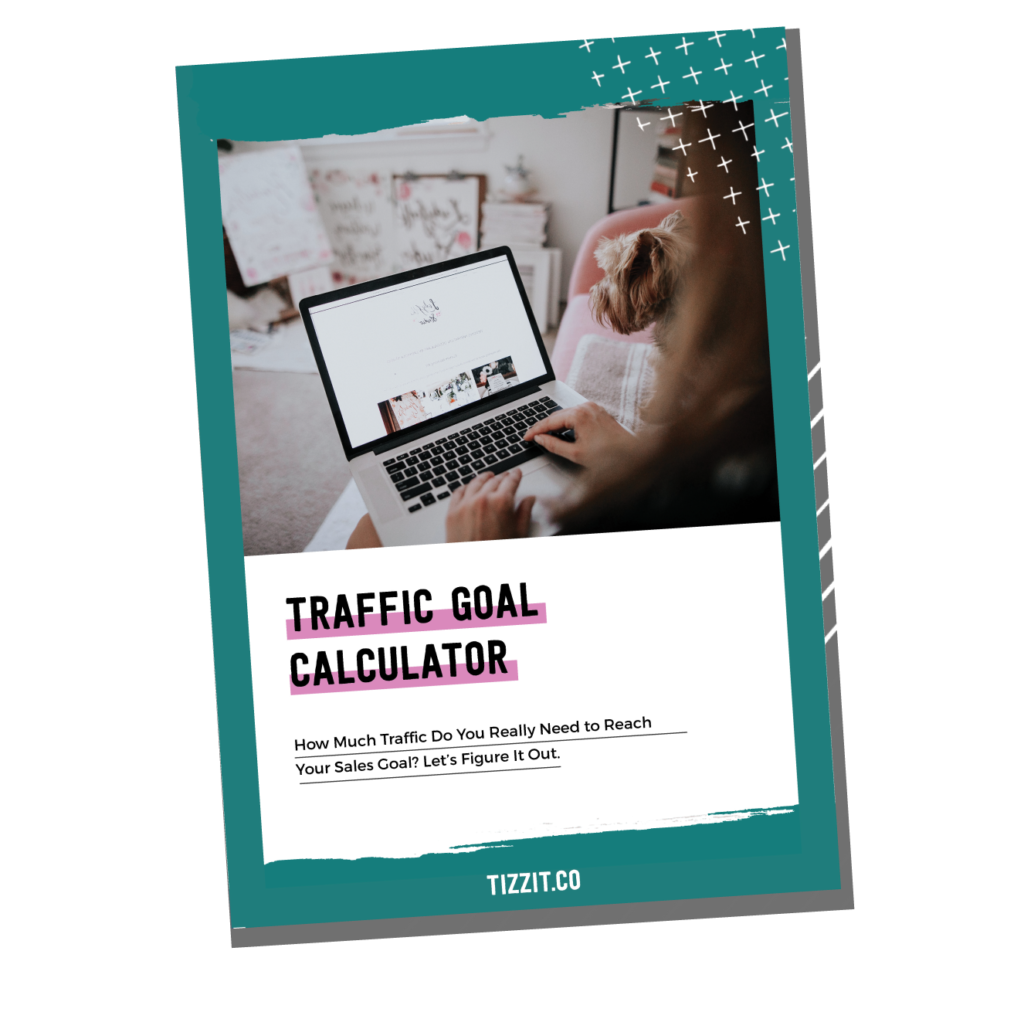
[free] handmade shop traffic calculator
HOW MUCH TRAFFIC DO YOU REALLY NEED TO GET TO YOUR HANDMADE SHOP TO REACH YOUR SALES GOAL?
USE THIS CALCULATOR TO FIND OUT!
Next let’s talk about tip #2, “no more repins.”
Hand-in-hand with this new focus on fresh content is a drop in the value of repinning. Although repinning was a very important part of any Pinterest strategy in the past, this is not the case going forward.
If you don’t know what repinning means here is a quick summary: until a few years ago, you could create a pin for one product, repin it infinitely to as many boards as you wanted, and it just kept on delivering results.
Then, as Pinterest started shifting towards wanting more “fresh” content, the strategy was to repin less and to repin to a maximum of 10 boards.
But . . . this has changed again. Repinning is now “out” and you don’t want to do much of it anymore. Instead, you really want to focus on repinning your top performers – the pins that are really working for you and ONLY those ones – and you only want to repin them to a small number of highly relevant boards.
So no more repinning a pin again and again to up to 10 boards, that’s not going to work moving forward. This will feel like you’re pinning a lot less (because you will be), but the quality of those pins should increase.
I actually wrote an article a couple weeks ago about the recent changes on Pinterest that guides you through a bit of the history of what’s changed – and when – so that you can better understand what these latest changes mean . . . PLUS it will help you distinguish outdated advice you might find on the internet from current and more accurate advice, so that your Pinterest strategy will be current and not outdated.
Next up is tip number three, “don’t focus on group boards.“
There’s still a lot of advice out there that will say “go and join as many group boards as you can” but, honestly, this is not going to get you great results.
Pinterest does not reward the use of group boards as a way to get more exposure anymore, they want pinners to use group boards to collaborate with each other on a project instead.
Does it still work to get your pins out there? Sure, sometimes it does, that’s why I wouldn’t dismiss it completely.
But it’s certainly NOT a must-have inside your Pinterest strategy in the same way it used to be. . There is A LOT of outdated advice on the Internet to “pin your pins to all the group boards in the world to be successful on Pinterest” so it’s important that you are aware of these latest developments and don’t get tempted to go down the group board rabbit hole.
If you’re a part of a group board that’s working for you – great, leave it as is. If you do it as PART of a Pinterest strategy (as opposed to it being the whole “strategy”) it can also work well.
If you’re new to Pinterest, however, don’t waste your time looking for and applying to group boards – because that can be time consuming, and I’d much prefer you spend that time creating lovely fresh pins. Instead, IF you happen to discover a great group board while browsing Pinterest or Tailwind, go ahead and join and try it out, but don’t go out of your way to find it.
If you’re using group boards looking for that extra boost and exposure, Tailwind Communities are a much better option these days — you can use the free version of Tailwind to do so, you’ll just have a lower limit on the number of pins you can add in a month.
At any rate, you will be much better off spending your time on all the other tips that we’re sharing in this article vs. spending it on group boards.
My fourth success tip for Pinterest is to focus on ENGAGEMENT rather than obsessing over impressions.
It’s super easy to get caught up in tracking how many times your pins are seen. And obviously, you want them to get good reach and good visibility because if they don’t, then no one’s going to click and no one’s going to buy your products.
But there is way too much emphasis on tracking your pins’ impressions – it’s a statistic that everyone obsesses over a little – but in reality, Pinterest is a slow burn; it is a snowball-effect type of platform.
Your impressions will naturally increase (and increase and increase) as long as your engagement is high for that pin. Impressions will of course be low to start, and then they’re going to snowball into higher numbers — that’s the power of Pinterest. That’s why some of those pins are going to bring you visits to your store for months and years to come.
This is why you need to focus on engagement first. Engagement is what will drive your growth, so if at first you don’t see super-high impressions it’s totally ok, what you want is for your engagement to climb nicely in the background – so saves, clicks, etc.
Once you are getting engagement, it will have a trickle-down effect and you will start to see your impressions increase.
So making pins that people engage with – that they want to click on and save and go visit your shop from – that’s what you really need and is the metric that you want to be focusing on.
UPDATE [2024] Pinterest has streamlined their content creation process and we no longer have Idea Pins (on some accounts they may still be available but this functionality is being phased out).
Next let’s talk about idea pins.
Idea pins are great, but here’s the thing: they can’t be clicked (yet!).
And if they can’t be clicked, guess what? They can’t generate direct traffic to your store — not good! So they should not be the main focus of your Pinterest strategy.
You can’t take impressions to the bank and I see a lot of makers getting stuck there, pushing idea pins like crazy and not getting results.
Now, a word of caution here: at the time I’m writing this article (as I just explained) you can’t add links to idea pins. But I wouldn’t be surprised if soon this changes and we see Pinterest create the ability to add a URL. If Pinterest wants to push idea pins as an ad format on Pinterest they will need to add this feature, so I think it will happen at some point.
But until then, please don’t put all your eggs into the idea pins basket — even though they get a lot of impressions, get a lot of engagement, and the algorithm seems to be favoring them, it doesn’t mean that it’s a good Pinterest strategy.
So use them — but don’t abuse them!
One other word of advice for those of you who make idea pins:
A mistake I see a lot of makers make with idea pins on Pinterest is sharing so much of the behind the scene and the process of how to make their product that the pin ends up being shared more on Pinterest by people who are trying to learn the craft that you are skilled at, rather than those actually buying the product.
Remember, the point of your idea pins is to sell the product – you don’t want to give away how you make it. And on Pinterest, it’s very important to incorporate this distinction into your pins because there are a lot of crafters on the platform as well, and you do not want them to see your pins – you want shoppers to see your pins!
So it’s very important to remember that what you share in your idea pins needs to be carefully planned.
Next up is tip #6, “the buyer’s journey on Pinterest,” and what I mean by this is that you have to be knowledgeable about the stages a buyer goes through and how to appeal to each one with your pins.
It’s important to remember that some people are just starting their buyer’s journey; they will be looking for ideas and inspiration but are nowhere near ready to purchase anything.
Other people may be getting a bit more serious about their planned purchase and looking for different product options, and of course some may be at the final stage where they’re actually making their buying decision.
What’s important to remember here is that you have to create different pins with different formats and different design goals – each different pin will appeal to a certain set of people in a specific stage of their buyer’s journey and meet them where they are.
Here’s an example of how images change during the buyer’s journey. You can see that the images that appeal to someone at the beginning of the buyer’s journey are meant to inspire them, and as you move along the journey the images become more focused on a specific product and how you would display or use that product.
For example in the first couple of stages, we have lifestyle images and pins with text that offer ideas and inspiration like “ideas for styling indoor plants” or “how to hang plants from the ceiling” – but as your potential buyer starts getting clearer on what they want to purchase (in this case, we are selling macrame plant hangers), the images and designs start to focus more on the product itself.

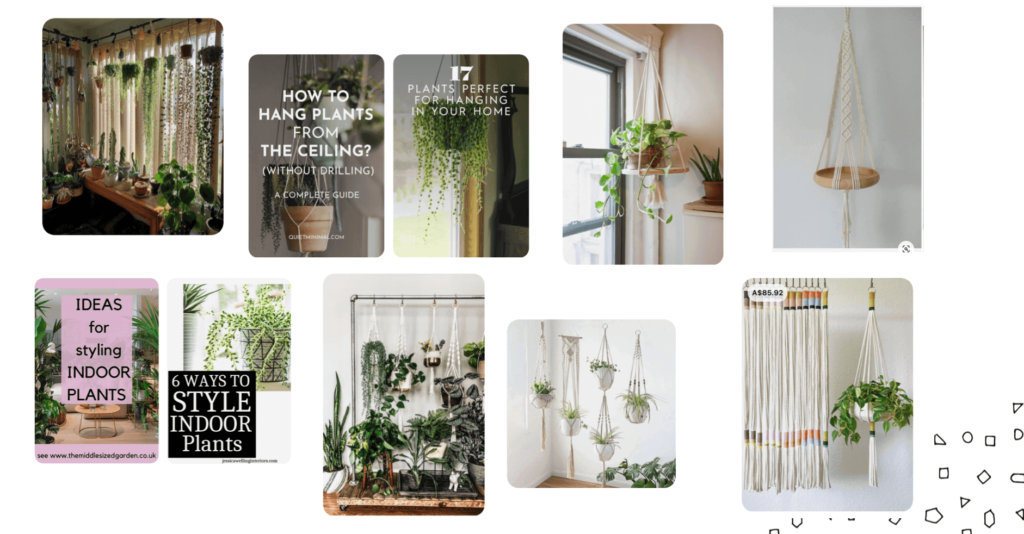
I actually have a course in Tizzit HQ that teaches you how to create pins for each specific stage of the buyer’s journey that you may want to check out, but for now just know that you have to create different pins with different types of visuals for each stage, because shoppers at one stage will be looking for different things than shoppers at another stage and you want to be present at EVERY stage.
Each pin you create has a specific role in your overall strategy and is meant to appeal to people in a specific stage of their buyer’s journey – so you need to design based on the buyer’s journey stage you want to appeal to.
I’ve kept the best few tips for last, including #8, which is to have a solid Pinterest SEO strategy.
It’s important to realize that your Pinterest SEO strategy will be different from your Etsy SEO strategy and will use different keywords than the ones you use on Etsy.
The best way to tap into the power of Pinterest SEO is to take the time to understand how the Pinterest algorithm works and how to do proper research and determine which keywords perform best on Pinterest. Once you do that you will see your pins start to rank slowly but surely for key terms your buyers are searching for.
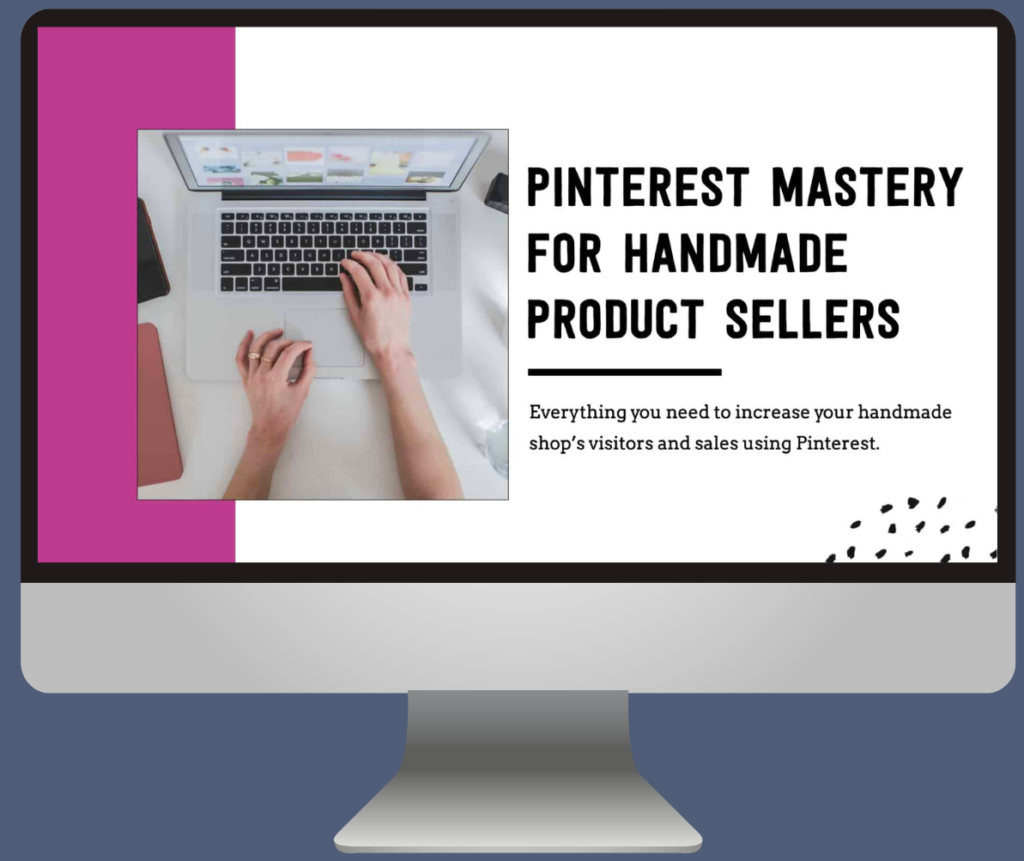
GET THE pinterest mastery for handmade sellers
READY TO MAKE PINTEREST WORK FOR YOU… FOR GOOD?
THE PINTEREST MASTERY FOR HANDMADE SELLERS COURSE WILL HELP YOU BUILD A SOLID PINTEREST MARKETING FOUNDATION + GET MORE SALES ↓
When you are doing your keyword research you will also want to be taking notes of WHEN those keywords are trending so that you can create a yearly content calendar that helps you hit the trends — our eighth and final Pinterest tip.
By creating a content calendar based on trends, you can time your pins for maximum success.
Timing is very, very important. Pinterest is a platform where people go to PLAN . . . so they go there early.
This means that you need to know when trends are hitting, in general, over the year . . . and you then plan to pin for that trend even earlier so that you’re “paying rent” by the time the trend comes – as in your pins have been out there a while and have some traction.
When you do your keyword research you will want to take notes of when those keywords that you’re going to be targeting in your SEO strategy are trending. Be sure to use the trends tool inside of Pinterest, the new trends dashboard is amazing!
That way you can create a yearly content calendar for yourself that has you pinning content for your products based on the trends, which in turn gives your pins the best chances of success.
I have one more bonus tip I want to share with you today.
It’s very, very important that you understand what you can and can’t do with Etsy on Pinterest at the current moment, because SO MANY things have changed in the last year.
I wrote an article about this last week that explains what has changed between Etsy and Pinterest. As you may know, Etsy and Pinterest “broke up,” but it’s still possible to have a successful Pinterest strategy for your Etsy shop if you know what to focus on.
I definitely recommend you read it so that you really understand where Pinterest is at . . . AND so you can navigate through the sea of information about Pinterest online to make sure that any information you’re using is not outdated.
Thanks for reading, make sure to check the links below, and until next time, aurevoir!
you might also like…
related articles

If you want to be found in search results on Etsy, you need to optimize your product listing for SEO. And if you want to
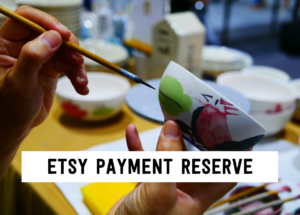
There has been a lot of talk in the Etsy community — and I mean A LOT of talk — about Etsy’s payment account reserve
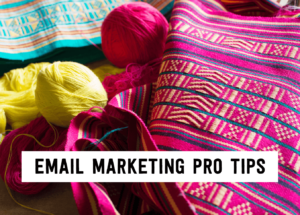
Anyone who knows me knows that I am a HUGE advocate for using email marketing to grow and scale your handmade business. But you may
disclaimer
subscribe to youtube
THE LAUNCHPAD
get in touch
We acknowledge and give thanks to the Budawang and Yuin people, the Traditional Owners of the land we work and live on. We pay our respects to all Aboriginal and Torres Strait Islander Peoples and elders past, present and emerging.
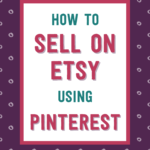
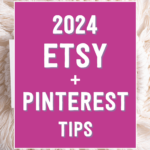

Get Instant Access to
The traffic calculator